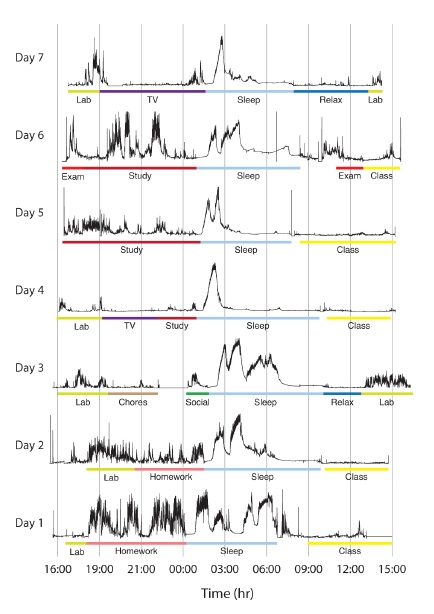By: Brook Sattler, PhD, CPREE multi-campus coordinator
Cal Poly, San Luis Obispo, had the opportunity to be my guinea pig for the first CPREE campus visit. This campus visit was filled with engaging conversation, including three things I would like to highlight: (1) engaging in field guide member checking with Kimberley Mastako; (2) giving a talk about reflection in engineering education; and (3) participating in the inquiry discussion group.
My campus visit started with a member checking session with Kimberley Mastako, Civil and Environmental Engineering. (Member checking is engaging the educator in a dialogue about their field guide entry, checking the accuracy of it.) The reflection activity represented in Kimberley’s field guide entry-Reflection in engineering education and transformative learning-was the first time she had integrated a reflection activity into her teaching. Her participation in CPREE activities at Cal Poly encouraged her to try something new, supporting students in reflection. While we discussed the field guide entry, it was fascinating to hear how Kimberley’s perspective about teaching and learning has shifted. On my campus visit, I talked to four educators about their field guide entries (i.e., Linda Vanasupa, Kathy Chen, and Jim Widmann).
While visiting Cal Poly, I gave a talk-“Reflection in Engineering Education: What, Why, How?” There were about 15 people in attendance, even 2 students! Overall the talk was successful as evident by the amount of talk attendees engaged in conversation about implications of the talk; types of connections made to other contexts; and the positive reactions verbalized. Additionally, throughout the rest of my visit, people were making connections between my talk and other topics related to teaching and learning.
Finally, at the end of the day I participated in their inquiry group. The purpose of the inquiry group has been to provide a safe and supportive space to grapple with ideas related to reflection. In the first quarter, the group grappled with the conversation-what is reflection? The plan this quarter is to talk about transformation in engineering education.
Overall, this was an engaging campus visit. It was a great opportunity to chat with educators about reflection and their questions about supporting reflection on their campus. In these conversations, I was able to offer up suggestions using tools and resources CPREE is creating, specifically the campus field guides on reflections. I look forward to working with and supporting Trevor Harding and the Cal Poly team in the exciting CPREE activities to come!






